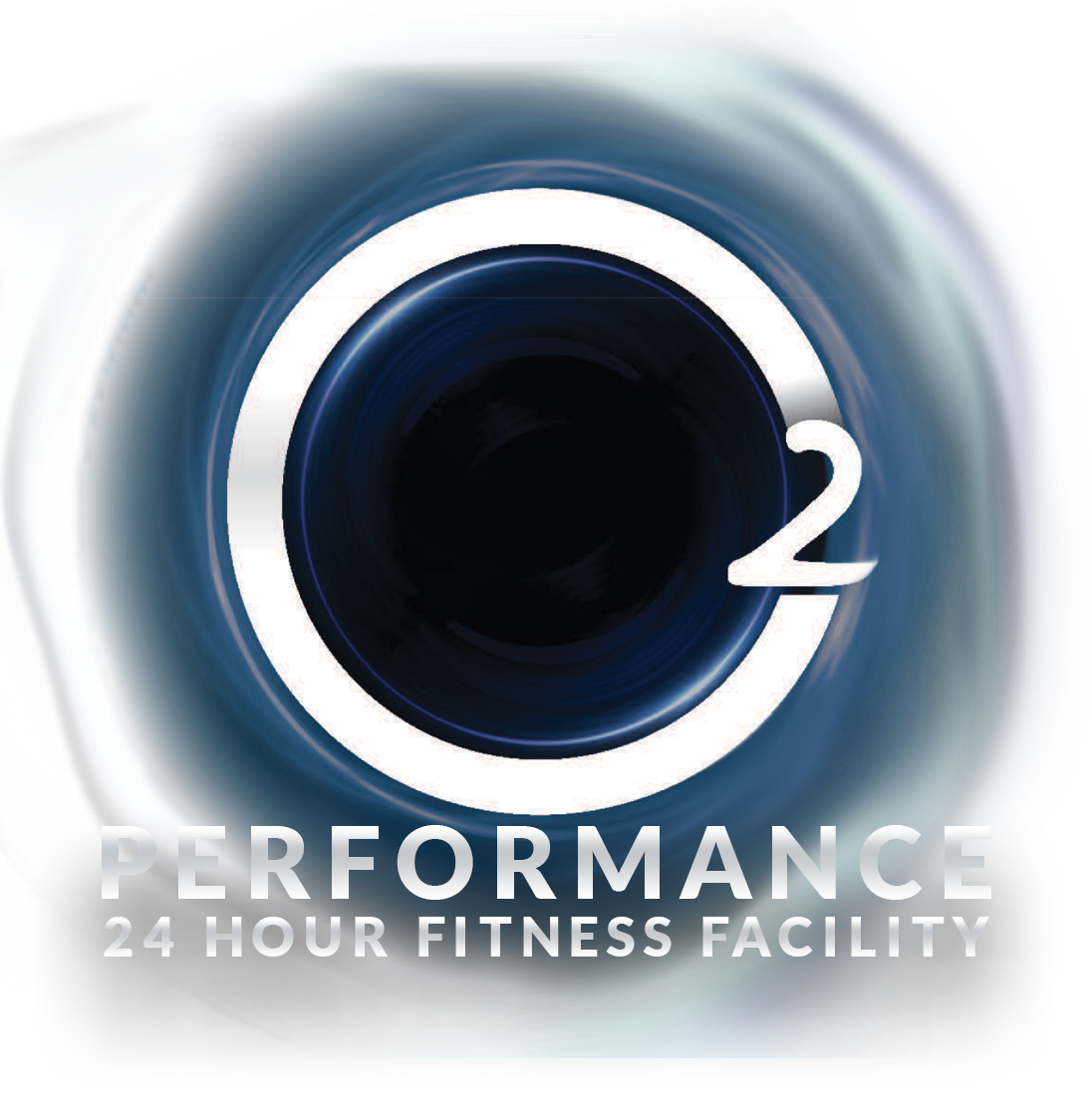What to Do on Your Rest Day from the Gym
When you’re chasing fitness goals, rest days might seem counterproductive. However, they’re a critical part of any workout routine. Taking a rest day doesn’t mean slacking off—it’s about giving your body the time it needs to recover and come back stronger. In this guide, we’ll break down exactly what you should do on your rest day to maximise recovery, boost performance, and avoid gym burnout. Let’s dive in!
1. Understand the Importance of Rest Days
Why Rest Days Are Essential
Rest days are when the magic happens. When you hit the gym, you’re actually creating small tears in your muscles. It’s during rest that your body repairs those tears, building stronger muscles in the process. Without rest, you risk overtraining, which can lead to fatigue, injuries, and even a plateau in your progress.
Additionally, rest days aren’t just physical—they’re mental, too. Giving yourself a break helps prevent workout burnout and keeps your motivation high. Remember: rest isn’t a setback; it’s a strategy.
2. Incorporate Active Recovery
Stay Moving Without Overexerting Yourself
On a rest day, sitting on the couch all day might not be the best idea. Instead, opt for active recovery, which involves low-intensity activities that keep you moving without taxing your muscles.
Examples of active recovery activities include:
Walking or light jogging: A 30-minute walk is excellent for boosting circulation.
Yoga or stretching: These improve flexibility and reduce muscle tension.
Swimming: It’s low-impact and great for cardiovascular health.
Foam rolling: This self-massage technique helps release muscle tightness and improves blood flow.
Active recovery is the sweet spot between total rest and overexertion, making it ideal for a productive rest day.
3. Prioritize Nutrition and Hydration
Fuel Your Body for Recovery
Just because you’re not lifting weights doesn’t mean your body doesn’t need fuel. In fact, a rest day is the perfect time to focus on nutrition to aid recovery.
Protein: Helps repair and rebuild muscles. Include lean meats, eggs, tofu, or legumes in your meals.
Carbohydrates: Replenish glycogen stores that get depleted during workouts. Think whole grains, sweet potatoes, and fruits.
Healthy fats: Support overall recovery and energy. Incorporate nuts, avocados, and olive oil.
Hydration: Drink plenty of water to flush toxins and keep muscles hydrated.
Consider preparing a post-gym recovery meal on rest days to set yourself up for success in the week ahead.
4. Listen to Your Body
Adapt Your Rest Day Based on How You Feel
No two rest days are the same because your body’s needs will vary depending on your workouts and life circumstances. If you feel unusually sore, prioritise passive recovery with more relaxation. If you’re feeling energised, active recovery might be a better fit.
Pay attention to these cues:
Soreness: Focus on gentle stretching or foam rolling.
Fatigue: Opt for extra sleep or a completely restful day.
Mental burnout: Spend time outdoors or practice mindfulness to recharge.
Learning to listen to your body is a skill that takes time, but it’s crucial for long-term fitness success.
5. Focus on Relaxation and Stress Management
Recharge Your Mind and Body
Your rest day is the perfect time to give your mind a break as well. High stress levels can hinder recovery by increasing cortisol, a hormone that interferes with muscle repair and overall well-being.
Here’s how to unwind:
Meditation or mindfulness exercises: These can reduce stress and improve mental clarity.
Reading or a creative hobby: Take your mind off the gym and enjoy something relaxing.
Spending time with loved ones: Social connections are vital for mental health.
Sleep: Quality sleep is non-negotiable. Aim for 7-9 hours to let your body fully recover.
Remember, relaxation is just as important as physical recovery when it comes to making the most of your rest day.
6. Plan for Your Next Gym Session
Set Yourself Up for Success
Use your rest day as a time to strategise and prepare for your next workout. Review your goals, adjust your workout plan, and think about what you want to accomplish in the gym. Having a clear plan keeps you motivated and ensures you’re making consistent progress.
Proactive preparation can include:
Reviewing your workout log to track progress.
Setting realistic goals for the week ahead.
Prepping meals or snacks to fuel your workouts.
Packing your gym bag to avoid any last-minute stress.
Taking these steps ensures that you’ll be ready to hit the gym with full energy and focus when it’s time to train again.
The Bottom Line
Rest days are far from wasted time—they’re an integral part of any fitness journey. By incorporating active recovery, focusing on nutrition, listening to your body, managing stress, and planning ahead, you’ll set yourself up for long-term success. So, next time you take a day off from the gym, remember that rest is not just earned—it’s essential.

